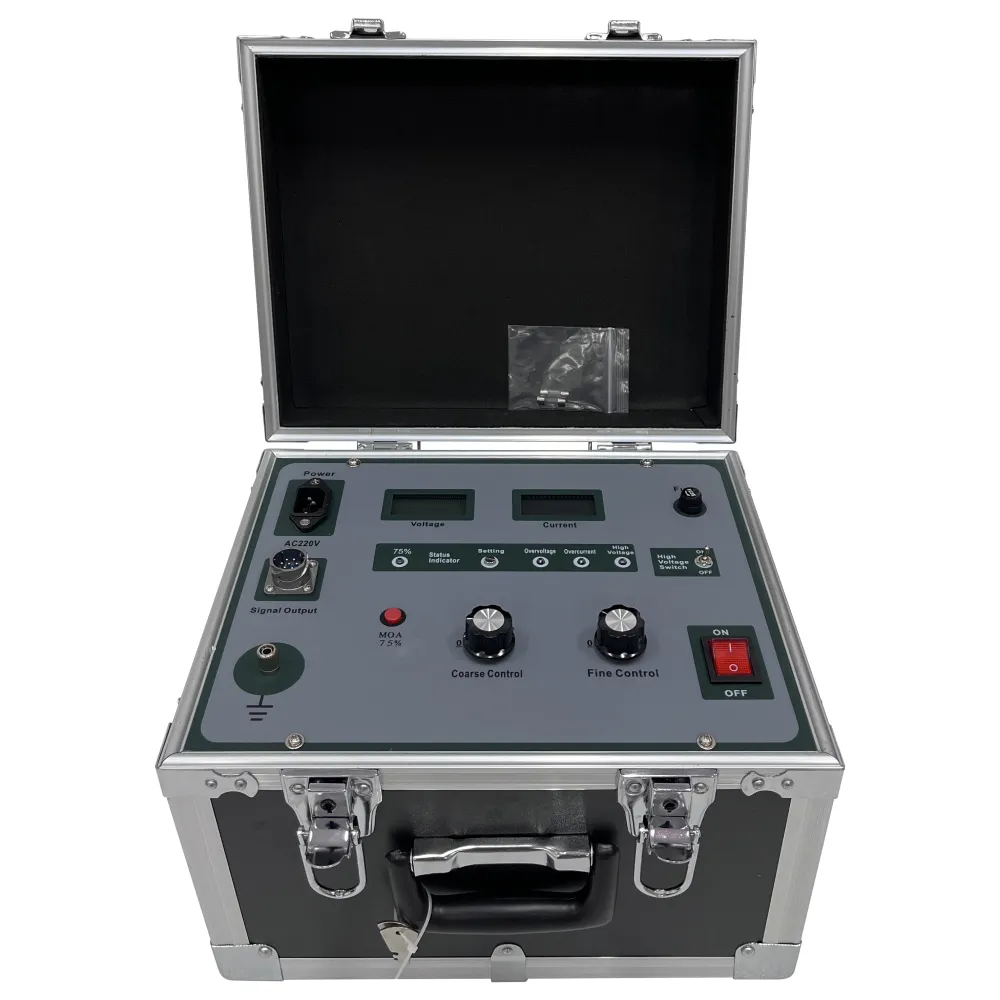 English
English



-
 Afrikaans
Afrikaans -
 Albanian
Albanian -
 Amharic
Amharic -
 Arabic
Arabic -
 Armenian
Armenian -
 Azerbaijani
Azerbaijani -
 Basque
Basque -
 Belarusian
Belarusian -
 Bengali
Bengali -
 Bosnian
Bosnian -
 Bulgarian
Bulgarian -
 Catalan
Catalan -
 Cebuano
Cebuano -
 China
China -
 China (Taiwan)
China (Taiwan) -
 Corsican
Corsican -
 Croatian
Croatian -
 Czech
Czech -
 Danish
Danish -
 Dutch
Dutch -
 English
English -
 Esperanto
Esperanto -
 Estonian
Estonian -
 Finnish
Finnish -
 French
French -
 Frisian
Frisian -
 Galician
Galician -
 Georgian
Georgian -
 German
German -
 Greek
Greek -
 Gujarati
Gujarati -
 Haitian Creole
Haitian Creole -
 hausa
hausa -
 hawaiian
hawaiian -
 Hebrew
Hebrew -
 Hindi
Hindi -
 Miao
Miao -
 Hungarian
Hungarian -
 Icelandic
Icelandic -
 igbo
igbo -
 Indonesian
Indonesian -
 irish
irish -
 Italian
Italian -
 Japanese
Japanese -
 Javanese
Javanese -
 Kannada
Kannada -
 kazakh
kazakh -
 Khmer
Khmer -
 Rwandese
Rwandese -
 Korean
Korean -
 Kurdish
Kurdish -
 Kyrgyz
Kyrgyz -
 Lao
Lao -
 Latin
Latin -
 Latvian
Latvian -
 Lithuanian
Lithuanian -
 Luxembourgish
Luxembourgish -
 Macedonian
Macedonian -
 Malgashi
Malgashi -
 Malay
Malay -
 Malayalam
Malayalam -
 Maltese
Maltese -
 Maori
Maori -
 Marathi
Marathi -
 Mongolian
Mongolian -
 Myanmar
Myanmar -
 Nepali
Nepali -
 Norwegian
Norwegian -
 Norwegian
Norwegian -
 Occitan
Occitan -
 Pashto
Pashto -
 Persian
Persian -
 Polish
Polish -
 Portuguese
Portuguese -
 Punjabi
Punjabi -
 Romanian
Romanian -
 Russian
Russian -
 Samoan
Samoan -
 Scottish Gaelic
Scottish Gaelic -
 Serbian
Serbian -
 Sesotho
Sesotho -
 Shona
Shona -
 Sindhi
Sindhi -
 Sinhala
Sinhala -
 Slovak
Slovak -
 Slovenian
Slovenian -
 Somali
Somali -
 Spanish
Spanish -
 Sundanese
Sundanese -
 Swahili
Swahili -
 Swedish
Swedish -
 Tagalog
Tagalog -
 Tajik
Tajik -
 Tamil
Tamil -
 Tatar
Tatar -
 Telugu
Telugu -
 Thai
Thai -
 Turkish
Turkish -
 Turkmen
Turkmen -
 Ukrainian
Ukrainian -
 Urdu
Urdu -
 Uighur
Uighur -
 Uzbek
Uzbek -
 Vietnamese
Vietnamese -
 Welsh
Welsh -
 Bantu
Bantu -
 Yiddish
Yiddish -
 Yoruba
Yoruba -
 Zulu
Zulu
potential transformer test
Understanding Potential Transformer Testing
Potential transformers (PTs) are essential devices in electrical engineering, designed to step down high voltage levels to a lower, manageable range for measurement and protection systems. Testing these transformers is critical to ensure their reliability, accuracy, and overall safety in power systems. This article delves into the importance of PT testing, the methods involved, and the standards that govern these processes.
Importance of Potential Transformer Testing
The accuracy of potential transformers is crucial for the precise measurement of voltage levels in high-voltage systems. Any deviation from the expected performance can lead to significant errors in the operation of protective relays and metering systems, ultimately affecting the stability and safety of the power grid. Regular testing is therefore not only a matter of compliance but also a proactive measure to prevent faults and failures.
Testing Methods
There are several methods employed to test potential transformers
1. Ratio Testing This involves measuring the transformation ratio of the PT to ensure it correctly steps down voltage levels. A precise ratio is essential for accurate voltage measurements.
2. Insulation Resistance Testing High insulation resistance is vital for the reliable operation of PTs. This test measures the resistance of the insulation material used in the transformer, ensuring it can withstand the electrical stresses it encounters in service.
potential transformer test

3. Power Factor Testing This test assesses the quality of insulation and helps identify problems such as moisture ingress or deterioration of insulating materials.
4. Burden Testing This test examines the load the transformer can support while maintaining accuracy and without exceeding temperature limits.
5. Frequency Response Analysis This method evaluates the dynamic behavior of the transformer, ensuring it performs reliably under various frequency conditions.
Standards and Regulations
Testing of potential transformers is typically governed by international standards such as those from the International Electrotechnical Commission (IEC) and the American National Standards Institute (ANSI). These standards provide guidelines for testing procedures, equipment specifications, and safety protocols to ensure consistent and accurate results.
Conclusion
In summary, potential transformer testing is a vital activity that ensures the operational integrity and safety of electrical systems. By employing rigorous testing methods and adhering to established standards, engineers can maintain the functionality and reliability of these critical components, ultimately contributing to the stability of the electrical grid. Regular testing not only mitigates risks but also enhances the overall efficiency of power distribution systems, safeguarding both infrastructure and users alike.
-
Exploring the Main Types of Industrial Endoscopes and Their Applications Across IndustriesNewsJul.04,2025
-
Testing Equipment Industry Sees Major Advancements in 2025: Smart & Precision Technologies Lead the WayNewsJun.06,2025
-
Applications of Direct Current Generators in Renewable Energy SystemsNewsJun.05,2025
-
Hipot Tester Calibration and Accuracy GuidelinesNewsJun.05,2025
-
Digital Circuit Breaker Analyzer Features and BenefitsNewsJun.05,2025
-
Benefits of Real-Time Power Quality Monitoring Devices for Industrial EfficiencyNewsJun.05,2025



